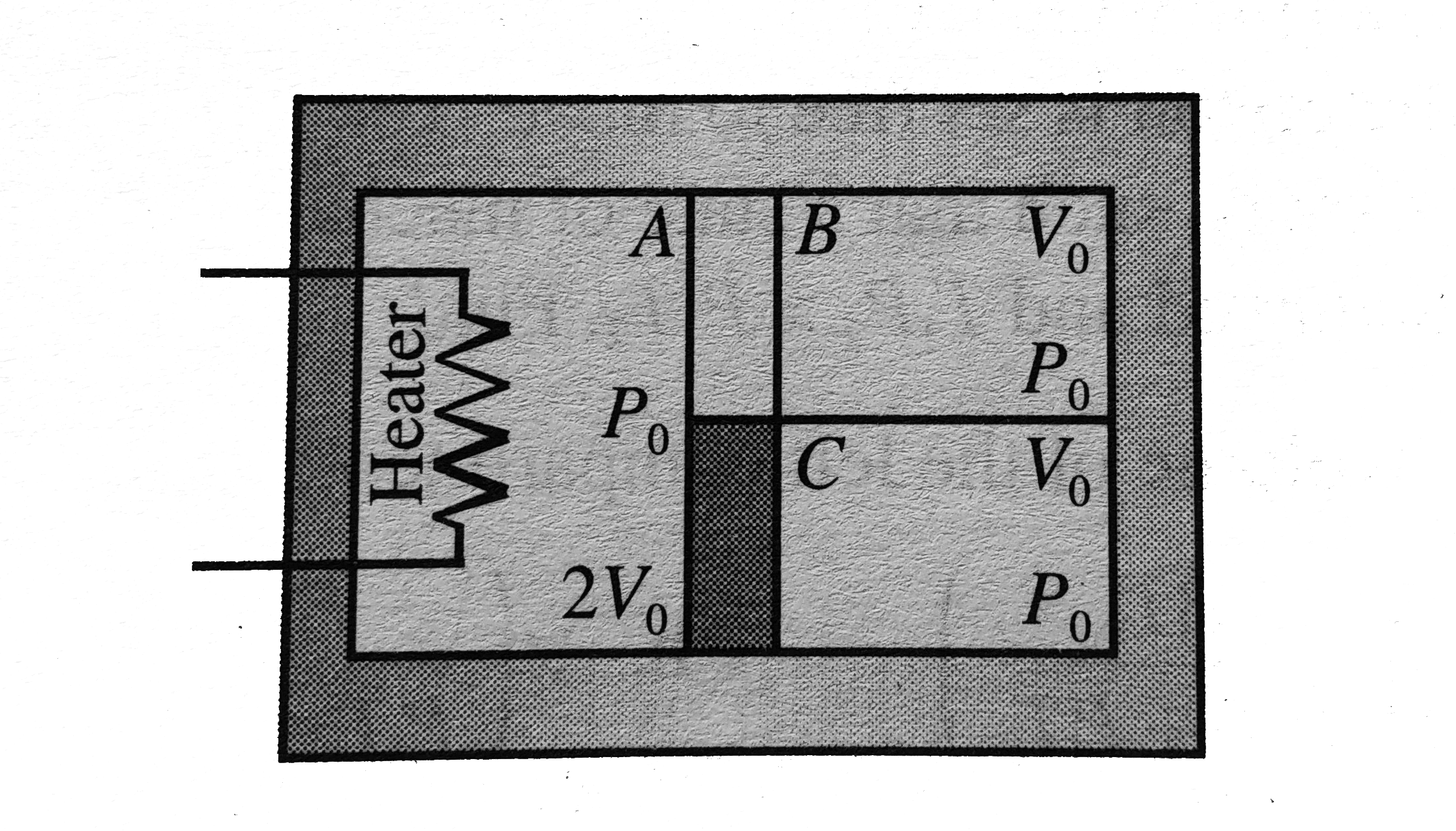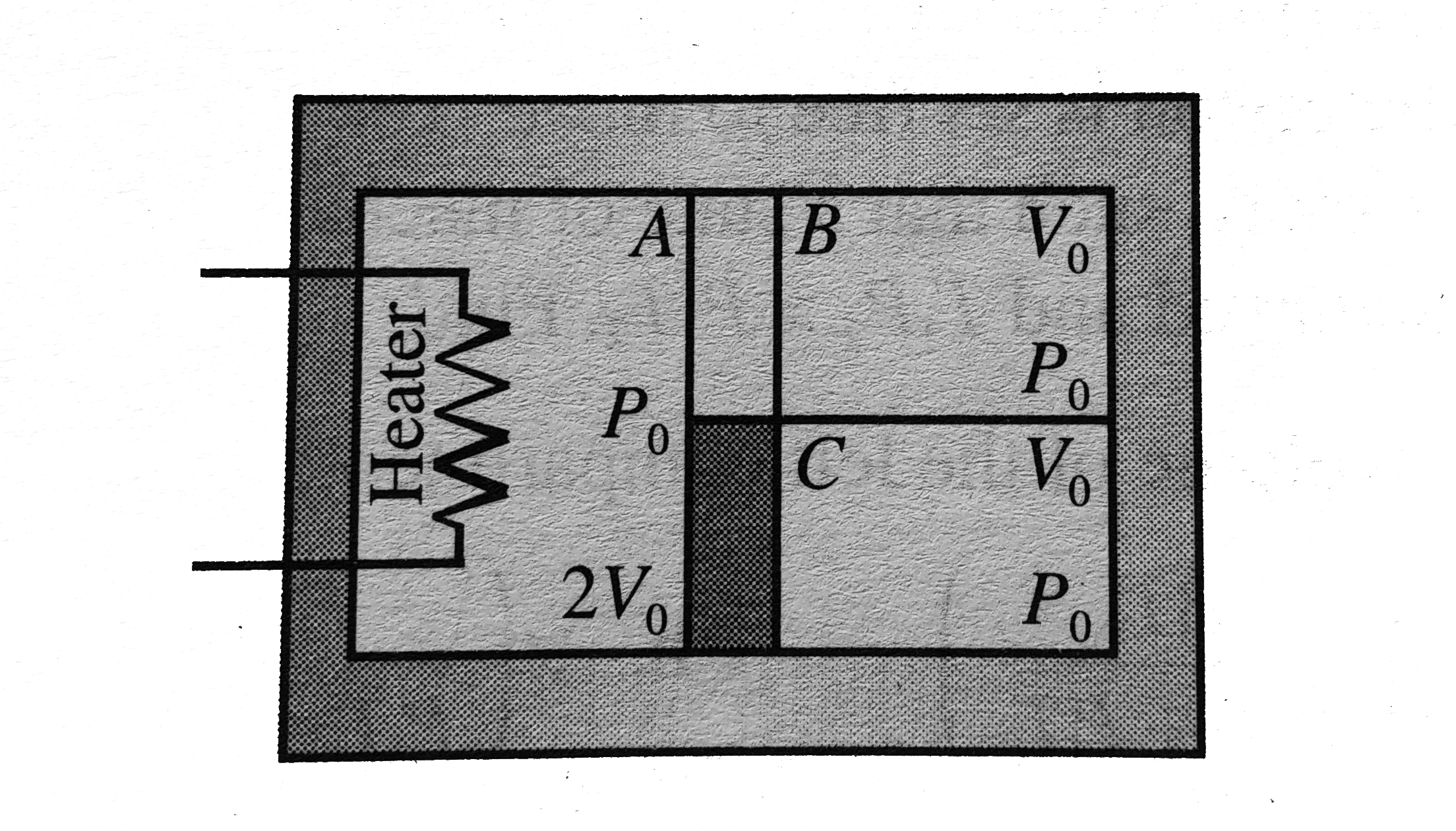In which of the following cell wall is divided in two half parts :-
Diatoms
Dinoflagellates
Euglenoids
Red algae
The correct Answer is:A
To determine which organism has a cell wall that is divided into two equal half parts, we can analyze the options provided. Here’s a step-by-step breakdown:
Step 1: Understand the Structure of Cell Walls
- Cell walls can vary significantly among different organisms, particularly among protists like diatoms, dinoflagellates, euglenoids, and red algae.
Step 2: Analyze Each Option
1. Diatoms:
- Diatoms have a unique cell wall made of silica (hydrated silicon dioxide).
- Their cell wall is divided into two equal parts, known as theca, specifically the epitheca (upper part) and hypotheca (lower part).
- This structure resembles a soap box with two lids, indicating bilateral symmetry.
2. Dinoflagellates:
- Some dinoflagellates have a cell wall, but it is primarily made of cellulose and does not exhibit the division into two equal parts like diatoms.
3. Euglenoids:
- Euglenoids do not possess a traditional cell wall. Instead, they have a pellicle, which is a flexible protein layer, meaning they do not have a cell wall divided into parts.
4. Red Algae:
- Red algae have a double cell wall but do not have a structure that divides it into two equal halves.
Step 3: Conclusion
- Based on the analysis, the only organism among the options that has a cell wall divided into two equal parts is the diatom.
Final Answer
- The answer is Diatom.
---
- Cell walls can vary significantly among different organisms, particularly among protists like diatoms, dinoflagellates, euglenoids, and red algae.
1. Diatoms:
- Diatoms have a unique cell wall made of silica (hydrated silicon dioxide).
- Their cell wall is divided into two equal parts, known as theca, specifically the epitheca (upper part) and hypotheca (lower part).
- This structure resembles a soap box with two lids, indicating bilateral symmetry.
- Some dinoflagellates have a cell wall, but it is primarily made of cellulose and does not exhibit the division into two equal parts like diatoms.
- Euglenoids do not possess a traditional cell wall. Instead, they have a pellicle, which is a flexible protein layer, meaning they do not have a cell wall divided into parts.
- Red algae have a double cell wall but do not have a structure that divides it into two equal halves.
- Based on the analysis, the only organism among the options that has a cell wall divided into two equal parts is the diatom.
- The answer is Diatom.
Topper's Solved these Questions
- BOOK - MOTIONCHAPTER - DIVERSITY IN THE LIVING WORLDEXERCISE - Exercise - 1 (KINGDOM – MYCOTA)54videos
DIVERSITY IN THE LIVING WORLD
- BOOK - MOTIONCHAPTER - DIVERSITY IN THE LIVING WORLDEXERCISE - Exercise - 1 (KINGDOM – PLANTAE - ALGAE)55videos
DIVERSITY IN THE LIVING WORLD
- BOOK - MOTIONCHAPTER - DIVERSITY IN THE LIVING WORLDEXERCISE - Exercise - 1 (KINGDOM – MONERA)143videos
DIVERSITY IN THE LIVING WORLD
- BOOK - MOTIONCHAPTER - DIGESTION AND ABSORPTIONEXERCISE - EXERCISE -4 AIIMS | Assertion & Reason Questions23videos
DIGESTION AND ABSORPTION
- BOOK - MOTIONCHAPTER - ECOLOGYEXERCISE - EXERCISE -456videos
ECOLOGY
Similar Questions
Knowledge Check
- Question 1 - Select One
Which of the following cell does not divide ?
ANerve cellBYeastCApical meristematic cellDE, coli - Question 2 - Select One
Which of the following organisms has cell wall ?
AEuglenaBMucorCMycoplasmaDAmoeba - Question 3 - Select One
Which of the following wall of guard cells is thick
AOuterBInnerCSide wallDAll the above
Which of the following parallels of latitude divides India into two almost equal parts?
View SolutionWhich of the following wall in the guard cells is thick?
View SolutionA container of volume 4V0 made of a perfectly non− conducting material is divided into two equal parts by a fixed rigid wall whose lower half is non− conducting and upper half is purely conducting. The right side of the wall is divided into equal parts ( initially 0 by means of a massless non− conducting piston free to move as shown . SectionA constains 2mol of a gas while the section B and C contain 1mol each of the same gas (γ=15.) at pressure P0 . The heater in left part is switched on till the final pressure in section C becomes 125/27P0. Calculate

Final temperature in part C.View SolutionA container of volume 4V0 made of a perfectly non− conducting material is divided into two equal parts by a fixed rigid wall whose lower half is non− conducting and upper half is purely conducting. The right side of the wall is divided into equal parts ( initially 0 by means of a massless non− conducting piston free to move as shown . SectionA constains 2mol of a gas while the section B and C contain 1mol each of the same gas (γ=15.) at pressure P0 . The heater in left part is switched on till the final pressure in section C becomes 125/27P0. Calculate

Final temperature in part A.View SolutionIn which year Bengal was divided into two parts ?
View Solution

